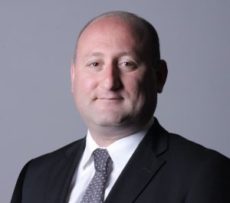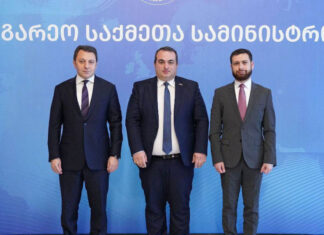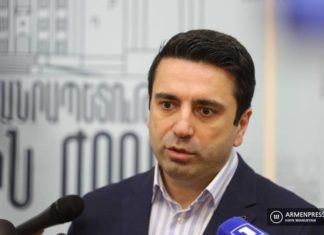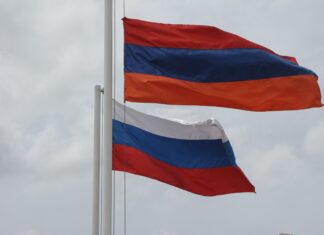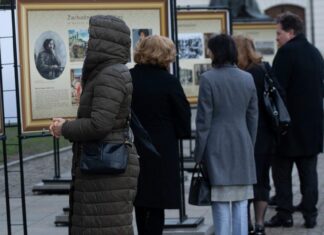Since 2018, the heads of the defense departments of Armenia and the US have not held any meetings. The absence of such high-level meetings suggests that there are no issues on the bilateral agenda that warrant the attention of the US Secretary of Defense for discussion with his Armenian counterpart. However, on December 5, 2024, Armenian Minister of Defense Suren Papikyan met with the outgoing US Secretary of Defense Lloyd Austin in Washington. During the meeting, according to official reports, “US Secretary of Defense Austin emphasized the historic significance of the Armenian Defense Minister’s visit.” This statement sparked significant debate in Armenia, with pro-government media and figures portraying the meeting as a major success, citing the Defense Secretary’s remarks.
However, to better assess the significance of this meeting, it should be analyzed in the broader context of US-Armenia high level visits between the heads of Defense agencies of over the last 25 years while also including the 2024 US-Armenia defense cooperation under the Biden administration.
Overall, the early 2000s marked one of the most active periods of military cooperation between the USA and Armenia. It was undoubtedly caused by the historical, political and security issues of the time, but nevertheless, it was crucial to seize the moment and use the window of opportunity to get the most of the situation in the best interests of Armenia. As seen below there were a number of high-level meetings between Armenian defense ministers and the US secretaries of states. Apart from that, there were new cooperation areas established between the USA and Armenia during those years, which are still ongoing to this day.
The first meeting of the 21st century was between Armenian Defense Minister Serzh Sargsyan and US Secretary of Defense William Cohen on July 24, 2000 in Washington. During their meeting Sargsyan and Cohen signed an agreement on ending the proliferation of weapons of mass destruction which promulgated provision of $300,000 of equipment and training for Armenia. That was a significant visit representing an important step in the deepening of military relations between Armenia and the US in the post-Soviet era.
Two years later, on March 20, 2002, Defense Minister Sargsyan made his second visit to the US capital, meeting with US Defense Secretary Donald Rumsfeld at the Pentagon. This was the second meeting between the two since Secretary Rumsfeld had made a visit to Armenia back in 2001. Sargsyan considered this meeting as the “start of US-Armenian military consultations,” while Secretary Rumsfeld thanked Armenia for supporting the war on terror. Apart from meeting with the Secretary himself, a number of other high-level meetings were organized for Sargsyan, including a meeting with US Deputy Secretary of Defense Paul Wolfowitz. These negotiations were quite fruitful, leading to significant outcomes such as the establishment of the Humanitarian Demining Center of the Ministry of Defense of the Republic of Armenia in 2002.
Moreover, in 2003, the state of Kansas and the Republic of Armenia were linked under the National Guard Bureau’s State Partnership Program, facilitating cooperation between the Kansas National Guard and Armenian governmental bodies such as the Ministry of Defense, Ministry of Health, and the Rescue Service.
